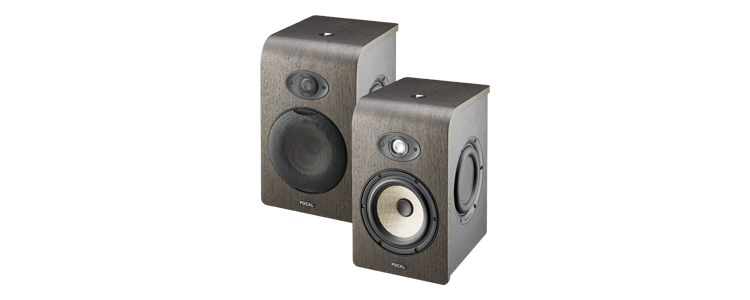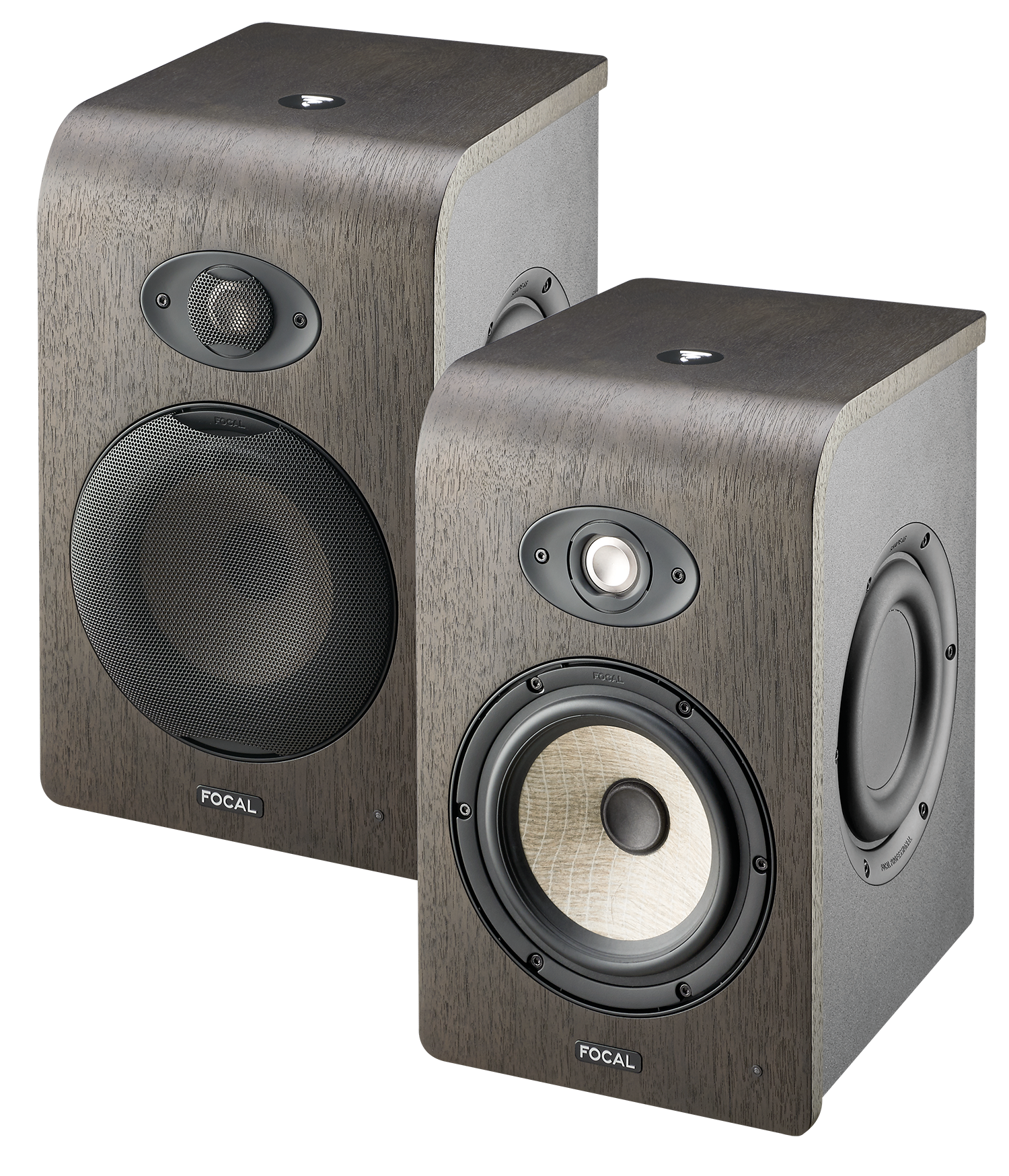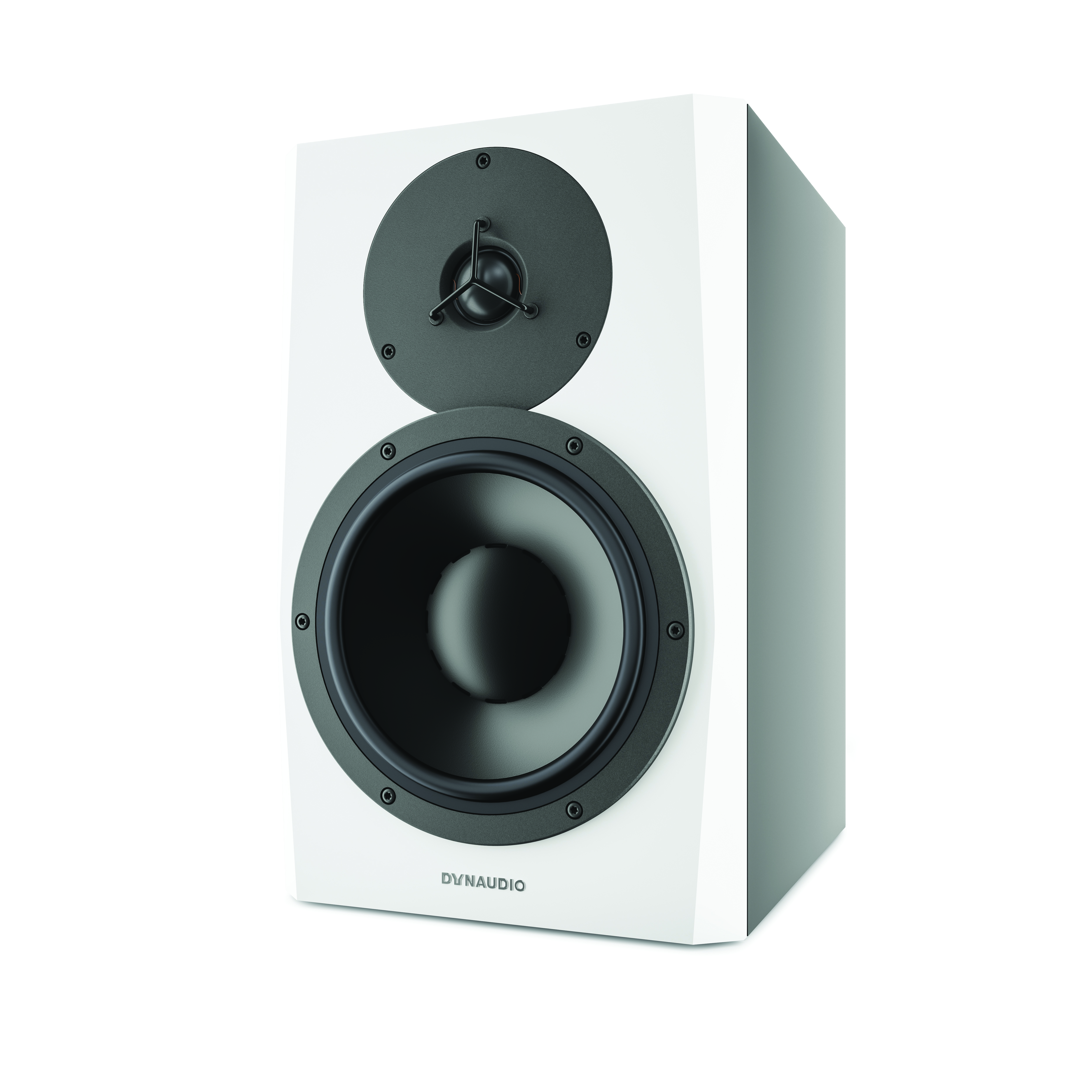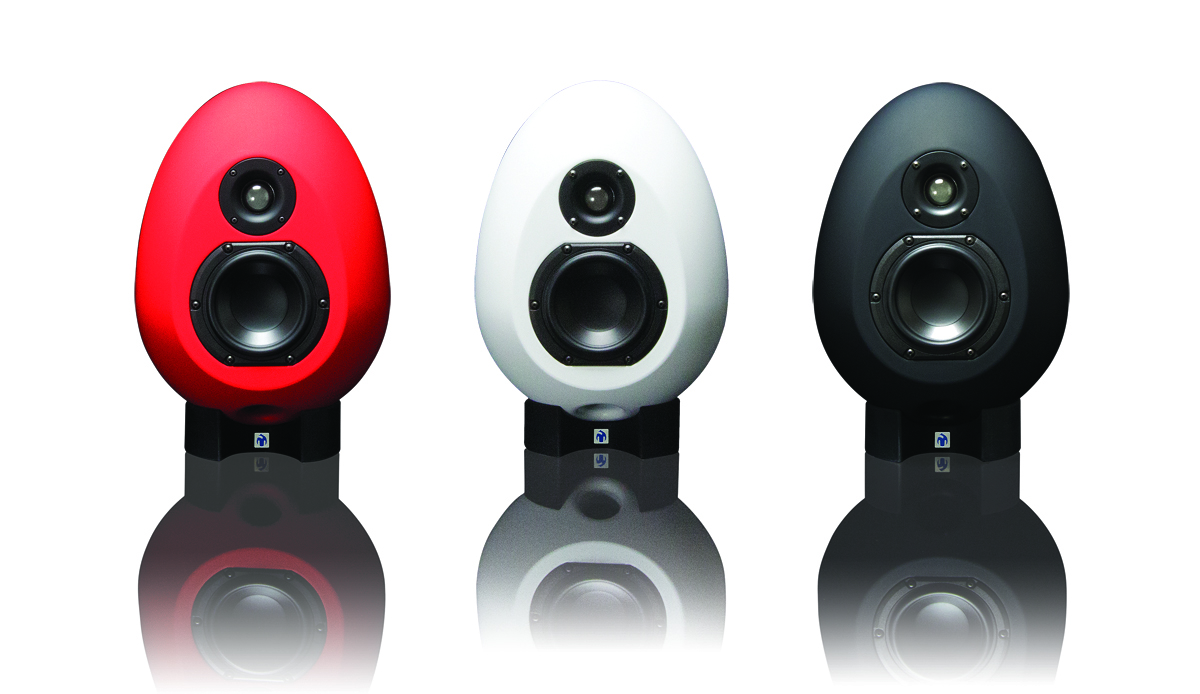Focal Shape 65 Review – The Finest Monitors Of 2017?
Focal makes great speakers – it won the Best Monitor Award in our Gear Of The Year awards in 2015. Andy Jones checks out the new Shape 65… Price £1,200 Contact SCV Distribution, www.scvdistribution.co.uk, 03301 222500 Web www.focal.com Focal Shape 65 key features 2-Way active studio monitors Designed with flexible positioning Woofer: 6.5″ Flax Cone; […]

Focal makes great speakers – it won the Best Monitor Award in our Gear Of The Year awards in 2015. Andy Jones checks out the new Shape 65…


Price £1,200
Contact SCV Distribution, www.scvdistribution.co.uk, 03301 222500
Web www.focal.com
![]()
Focal Shape 65 key features
- 2-Way active studio monitors
- Designed with flexible positioning
- Woofer: 6.5″ Flax Cone; Tweeter: 1″ aluminium/magnesium
- Adjustable bass and treble
- Adjustable crossover 160Hz
- Mid/Low amp: 80W; High: 25W Class AB
- Freq. response: 40Hz-35kHz
- Max SPL: 109dB @1 metre
- S/N Ratio: N/S
- Sensitivity: N/S
- Dimensions: (HWD, mm) 355x218x285
- Weight: 8.5Kg
When it comes to monitoring, we always say to be prepared to spend the biggest part of your studio budget on them. There’s no point blowing it all on top synths and software if you’re going to listen to the end results through a couple of tin cans tied together with string.
That’s our story and we’re sticking to it. Focal, however, had other things in mind when it launched the Alpha range a couple of years back. The company took years of Focal speaker expertise and packed it into a much more affordable set of speakers – the range starts at just £400 for a pair of the smallest 50 monitors.
Not only was the speaker successful, but it won MusicTech’s Monitor Of The Year at our 2015 Gear Of The Year awards. That told us, then: you really can get good monitors at a good price. The Shapes are Focal’s new range of monitors, replacing the company’s CMS line of speakers that were originally launched nearly a decade ago. They’re very different to the Alphas.
For a start, they’re a step up in price, so you start at £700 a pair for the smallest 40; then £958 for the 50s and £1,200 for the 65s on test here. So are they worth paying the extra for, or has Focal shot itself in the foot by making its cheaper Alphas too good?
The specs
The Shapes are two-way active monitors designed to “provide wide and extremely precise stereo image and remarkable acoustic transparency”. Focal claims that the Shapes have several design innovations to back that design ethos up. These include Neutral Inductiance Circuit (or N.I.C) technology, which is a more stable magnetic circuit designed to cut down distortion. There’s also TMD Surround, which also helps cut down distortion and deliver a linear midrange response.
Indeed, Focal deals with each part of the frequency range with new technologies. There’s a one-inch tweeter that’s been designed with low directivity, which should mean more flexibility when placing the speakers.
As well as a host of mounting options for the speakers, this positional flexibility is backed up by the speaker’s ‘double passive radiator’, an innovation that allows the speakers to be placed close to walls without the need of a port, as there are effectively two side domes that allow the expansion and retraction afforded by a porting speaker.
Interestingly, Google’s translation of the French explanation of this mentions a ‘salad bowl’, which I’m pretty sure is not included anywhere with these monitors. Meanwhile, the low-end woofer is made of a ‘Flax sandwich cone’ – which is the correct translation. This apparently helps add extra rigidity and damping to help control the bass and low mids. Lots of claims then, so how do the Shapes, er, shape up?
In use
The Shapes are stunning-looking monitors. The understated walnut finish is warmer than your average black and the sleek way it curves around the top of the speaker offers a very cool aesthetic. Setting them up, I kept everything flat around the back on the LF and HF Shelving (bass and treble) options.
There are height-adjustable decoupling spikes beneath each speaker to help isolate the speakers from the surface you put them on, so they are less prone to vibration. Position-wise, I had them in an equilateral triangle three feet away from my listening position, as recommended by Focal.
I started by running a few mixes through them that I’d produced on my reference monitors, mixes I know well and ones that I reckon I’ve done a pretty good job with (over years, in some instances!).
The first thing that struck me with the monitors was simply the space delivered by them. I had them set up a little too closely together at first, yet even in this position, the depth and breadth of the soundstage was stunning. Placed at their correct distance from each other, it was incredible. I’m not just talking about the left/right measurement.
Good monitors obviously let you pinpoint details of a mix across this dimension – and these do that very well. But really good monitors present you with a mix like it is spread out around you, almost so you can become immersed into it in all dimensions – left, right, up, down, forwards and backwards – and these do just that.
Shape shifters
So we’re up to ‘really good’ so far. The Shapes have spread my mixes before me so I can do with them what I will. I’m hearing things in these mixes that I hadn’t noticed before – not least, I’m almost embarrassed to say, some clipping on a channel in one that I will now say was deliberate distortion – I was trying to be a little too cool with that tune.
But now to test the speakers on some professional mixes, and I get my usual tracks – a mix of everything from acoustic Talk Talk to very electronic Orbital, with a smattering of Blue Nile and The The – my usual suspects for speaker testing.
Earlier I presented you with a lot of Focal claims and techno babble – ‘NIC this, TMD that, blah, blah’ – which all pointed to controlled basses, exceptional highs and natural mids and I’m almost annoyed to report that the claims are true.
I thought the bottom end was a little too pronounced when I first fired up the Shapes but actually, it was just more present, more defined. Those mids are as natural as Focal will have you believe and the top end is balanced, light and airy. But nothing stands out and that’s perhaps as it should be. These are accurate speakers, let me tell you; nothing sounds coloured. They present you with one joined-up sound, which feels like it’s been designed to be that way. And best of all, unlike some truly flat monitors, they don’t take your head off.
Mixing on some proper, flat-as-a-pancake monitors is not as pleasant an experience as you might imagine. The accuracy can really become wearing after a while, which is why we often recommend having two sets of monitors if you can afford it – one for long mixing sessions and more accurate ones for the final mix. The Holy Grail is a set that is accurate and vibey and, while these don’t feel coloured, there’s still a certain vibe and excitement to them.
Do I really need this?
Do you really need a great set of monitors? Why, yes you do! We always say that the speaker is the most important part of your studio and to get the best you can afford. At this price, we believe these are pretty incredible monitors and nearly reach the nirvana of ‘one speaker to do it all’ accuracy and vibe.

Of course, there’s a wide variety of monitors out there comparable to the Shape 65s, as we detail in the Alternatives at the bottom of the page. We speak about the importance of accurate monitoring at length in this months’ Beginner’s Guide feature towards the end of the magazine, so if you’re on the fence as to whether you need to invest, make sure you read it!
Conclusion
And that’s the next level ‘truly great’ speaker, one that marries accuracy with vibe, a difficult marriage to make work. As I’m reviewing them, the Shapes are making me excited to revisit old mixes and classic tracks; they make me want to make music, even on old tired tracks that have been festering within my Gigabytes for a while now. And anything that can do that, believe you me, is truly great indeed. Best Monitors Of 2017? Apologies for puns, but they could well shape up to be just that.
Alternatives
Dynaudio
LYD series £1,030

A direct competitor to the Shape, at least in terms of price, might well be Dynaudio’s LYD series – the winners of 2016’s Best Monitor in our Gear Of The Year awards. The LYD 7 is probably closest in spec and price at £1,030 (www.audiodistributiongroup.com).
Munrosonic
Egg100 £1,299

The Egg comprises a complete system, with speakers, a control unit and amp. We said in our review: “Smaller studio spaces may requires speakers with this footprint – this is a
great system that delivers a big sound from a small package.”
